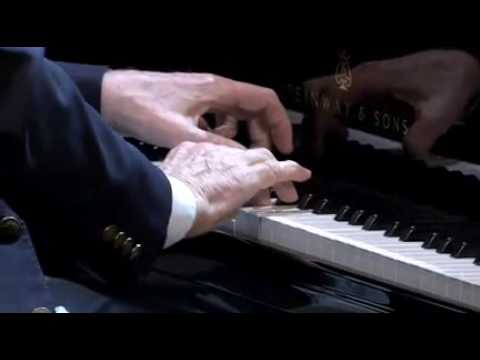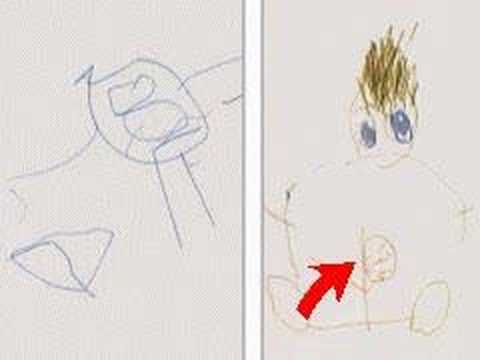National Center on UDL Director David Rose explains how UDL helps meet the most pressing issues facing educators today. Drawing on brain research and the latest learning sciences, Dr. Rose describes the three UDL principles and what they mean for classroom practice.
For more videos from the National Center on UDL, visit the Screening Room: http://www.udlcenter.org/screening_room/udlcenter
National Center on Universal Design for Learning
Source




Thank you for sharing this high quality video with the world. As a teacher, these kinds of presentations give me ideas for me classroom. I have been experimenting with UDL principles without even knowing that is what they were. I have gained skill at multiple means of presentation, but have much to learn about multiple means of expression and engagement. I believe following Howard Gardner's Multiple Intelligences gives us a good framework for how to differentiate in each of these categories.
This is very interesting information. The classrooms of today are designed like they were in the 1800s and are not conducive to helping the diverse learner of today. Changing the classroom look should be our first goal. using that new design to help students is then our second goal. Of course the change in design of the classroom will also help the learner.
You're expecting me to believe that you understand something about children's learning and needs while you're cutting from shot to shot of you talking and them looking pissed off and bored out of their minds?
Disappointed that most of videos deal with primary and middle schools. Where is the High School especially classes that deal with State Regent exams and A.P courses.
I think this is a great example of udl
Several troubling deficit perspectives in Dr. Rose's commentary. First, "students for whom English is not their first language" and "students with disabilities" are cast at one end of a spectrum and "students called gifted and talented" at the other. This not only places students into "margins" with the implication being that this involves some nebulous measure of ability (possibly intelligence?) in which the first group is assumed to be lacking and the latter possessing an abundance, but also assumes that ESOL students and differently abled students cannot also be "gifted and talented." Second, the statement, "we began more and more to see that the curriculum itself was disabled," well, to say the least, that's a troubling reapplication of the term. If we follow the implication that being "disabled" requires revision or "reduction", are we to apply this necessity only to curricula, or also to people upon whom the term is more often applied?
Oh my gosh! Do you have to beat around the bush all the time?
This video is awesome! It targets exceptional students at many age levels. I think that we need to implement more bilingual teachers and teachers need to know how to teach children with disabilities.